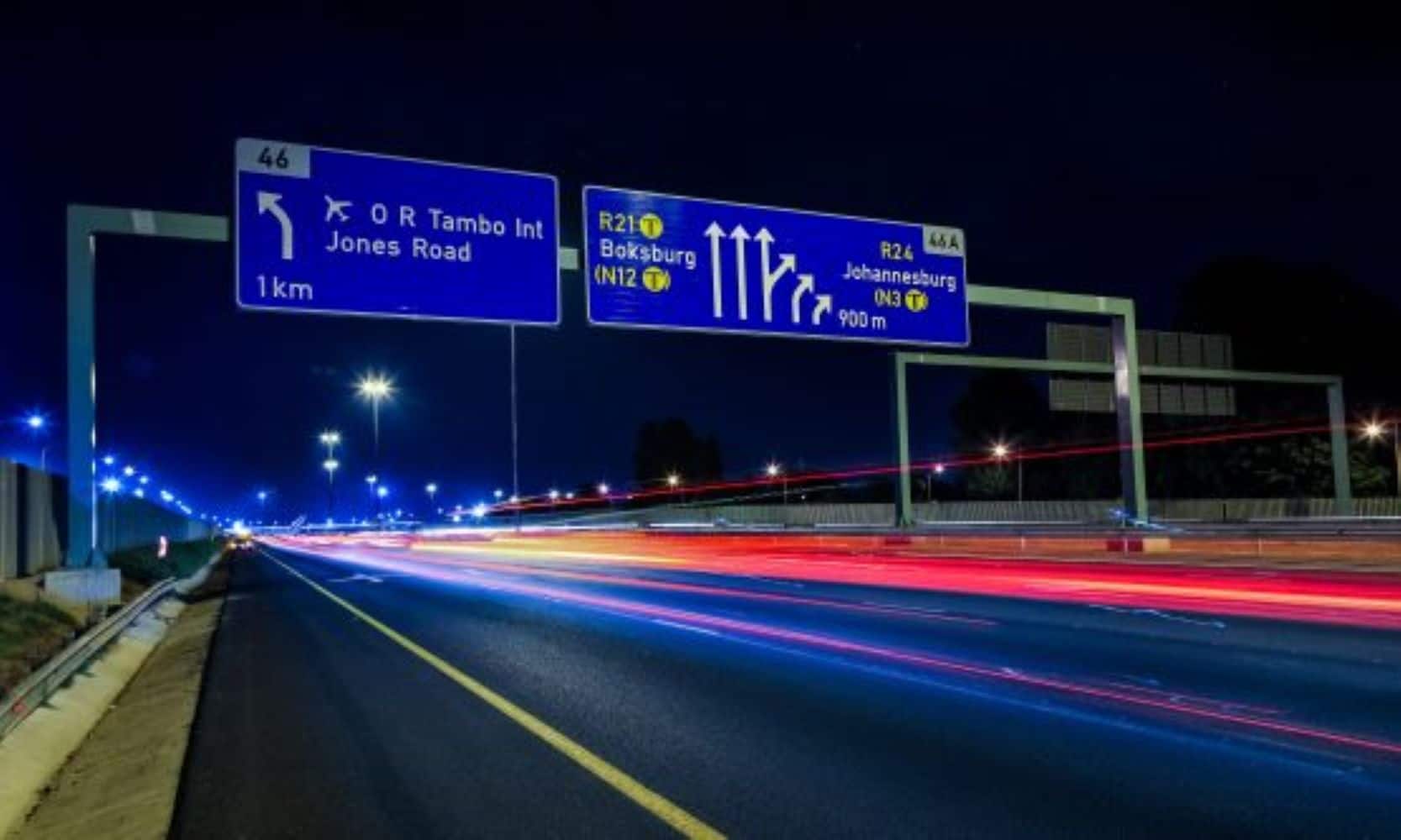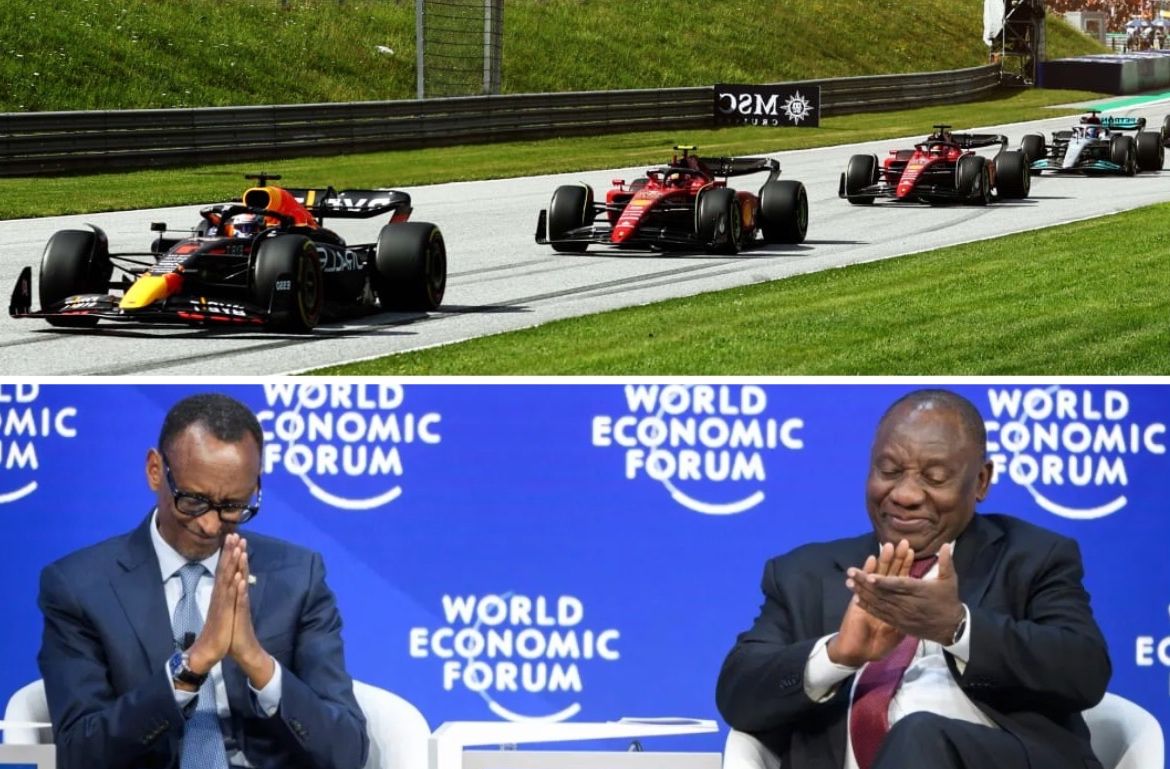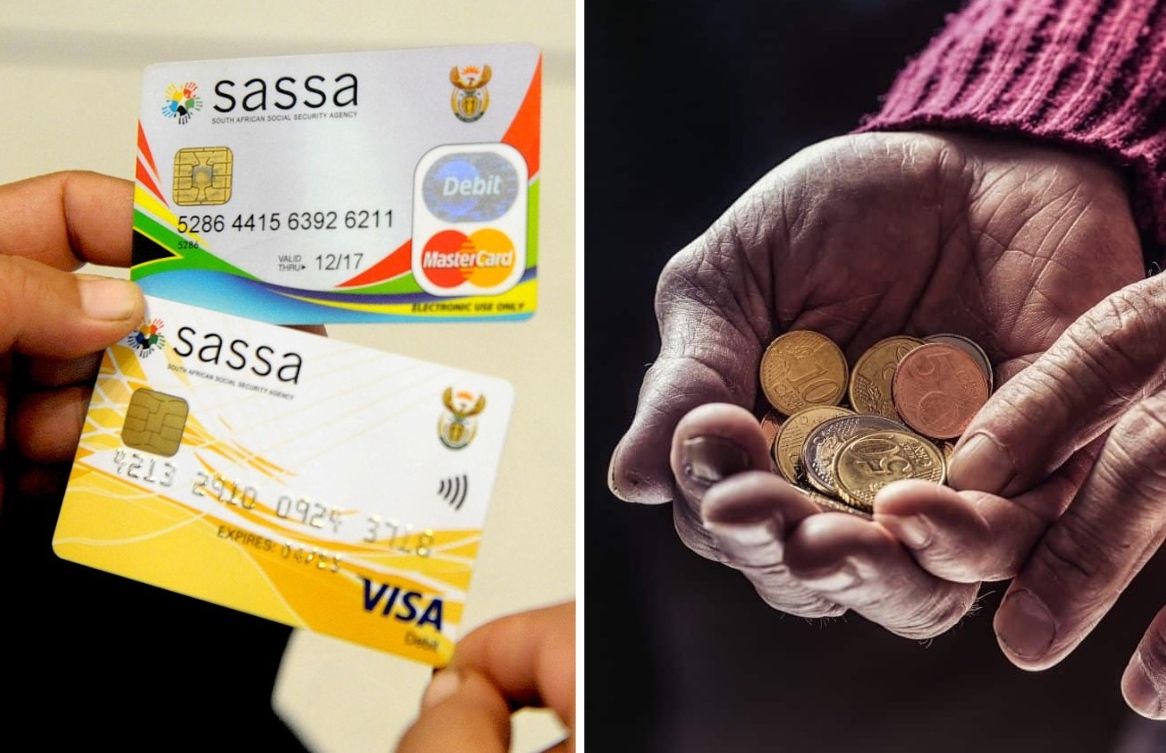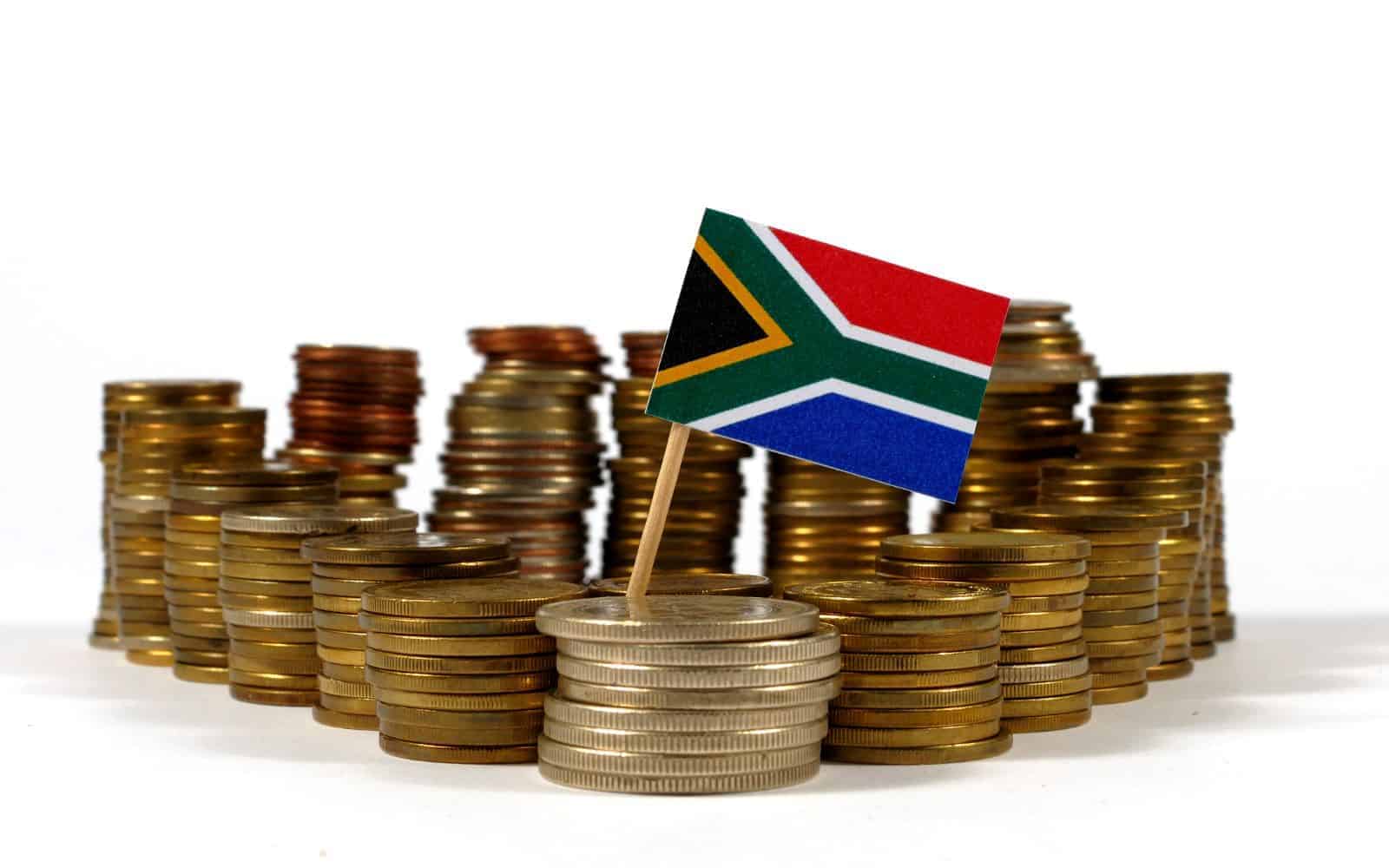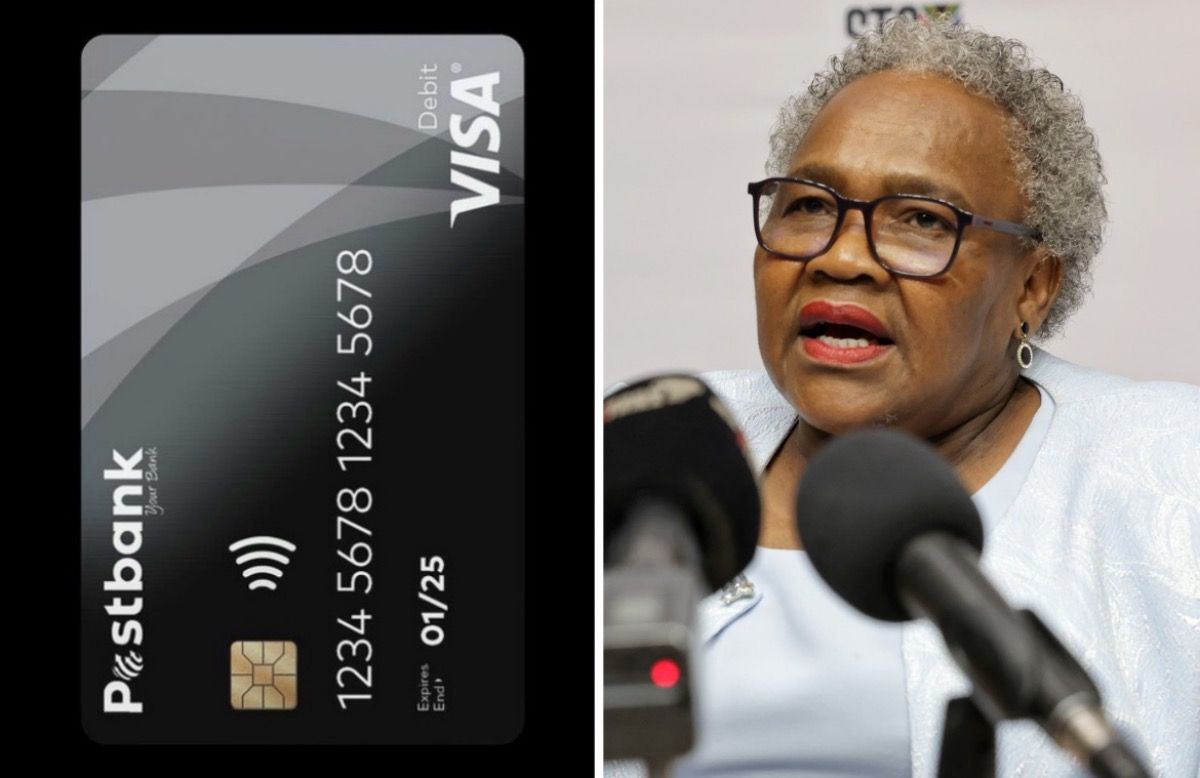Mostly due to e-toll non-payers, who it says are still obliged to pay up.
The South African National Roads Agency (Sanral) had expected credit losses of R28.7 billion from toll debtors, largely from the non-payment of e-tolls on the Gauteng Freeway Improvement Project (GFIP), at 31 March this year.
It stressed in its 2023/24 annual report that customers are obliged to settle their accounts irrespective of the scrapping of the e-tolls system effective from midnight on 11 April 2024 – despite the uncertainty around how and if this can be enforced.
Sanral’s board stopped the issuance of summons to the public for statutory debt on 27 March 2019.
The Organisation Undoing Tax Abuse (Outa) previously claimed that much of this debt was prescribed.
Outa CEO Wayne Duvenage told Moneyweb in July the only way Sanral would be able to collect the outstanding billions owed by motorists who have not paid their e-toll accounts is by issuing summonses to them.
However, he said Outa has a high court test case that is pending on e-toll charges – and Sanral had made it very clear it does not want to enter into a litigious lawfare strategy with the public.
Sanral said there has been no significant change in the 2023/23 financial year compared to prior periods on the overall collection rate of the toll debt transferred to Violation Processing Centre (VPC), which remains very low.
“The recoverability rate on historical debt transferred to VPC is less than 1%,” it said.
“There is no material collection expected from non-key account holders (non-paying customers) after the reporting date due to the announcement.
“All VPC debt at the reporting date has proven difficult to recover, therefore it is impaired in full,” it said.
ALSO READ: Gauteng pays first R3bn of whopping R12.9bn debt
Unqualified audit report
Sanral received an unqualified audit report from the Auditor-General (AG) for its 2023/24 financial year but the R28.7 billion in expected credit losses (ECL) from toll debtors is a “emphasis of matter”.
The AG said the calculation of the ECL from toll debtors was considered to be a key audit matter due the subjectivity of the estimations and judgments, but concluded that based on the procedures performed: “I am satisfied that ECL on toll debtors are reasonable, in line with my expectation, and appropriately disclosed.”
Sanral said in notes to its financial statements that in 2024 the confirmed irregular expenditure decreased from R6 737 million in 2023 to R479 million.
It said this included R407 million which relates to irregular contracts identified in 2023 and confirmed in the current 2024 financial year, with the remaining balance mainly from irregular contracts identified in prior years to the tune of R72 million.
Sanral said there was no fruitless and wasteful expenditure confirmed in 2024 and the 2023 fruitless and wasteful expenditure amounted to R33.73 million was approved by the board for a write-off.
It also highlighted that as at year end, there were no fraudulent or criminal acts found against employees and no material losses were regarded as recoverable from employees or perpetrators.
ALSO READ: ‘R6 billion in the red’; Gauteng could face bankruptcy by 2025 amid e-tolls debt
A ‘more sustainable financial footing’
Sanral chair Themba Mhambi said the agreement to bring an end to e-tolls on the GFIP marked a positive step forward for the continued enhancement of South Africa’s transportation infrastructure.
“It means Sanral can once again access the bond market to pursue the completion of existing projects, as well as initiate new road projects, especially ones centering on tolling for heavy duty vehicles whose loads exact heavy damage on our roads,” he said.
Sanral CEO Reginald Demana said the uncertainty surrounding e-tolls previously necessitated a reliance on short-term financing instruments, such as bonds with shorter maturities, which is not ideal for long-term infrastructure projects.
“With the e-tolls issue now resolved, Sanral can pursue long-term funding structures with maturities that match the lifespan of the toll road assets, typically 15–20 years,” said Demana.
“This approach will ensure a more sustainable financial footing for Sanral.”
ALSO READ: Sanral invests R50 billion to repair these roads in four provinces
Cash flow
Demana said as existing road concessions approach the end of their terms and revert to Sanral, the agency will also experience a significant increase in medium- to long-term cash-flow generation.
“This shift positions Sanral to become a more viable and self-sustaining business model in the coming years,” he said.
Sanral said Minister of Finance Enoch Godongwana in March 2024 approved Sanral’s application to increase the borrowing limits in terms of the Public Finance Management Act (PFMA).
It said the approval is up to R16.5 billion up to 31 March 2028 for capital expenditure requirements on the toll portfolio, which includes a specific approval for a foreign loan guarantee of R7 billion for the New Development Bank (NDB) loan.
Sanral said a guaranteed framework agreement (GFA) detailing this is yet to be signed off between National Treasury, the Department of Transport and Sanral, but management is engaging the relevant stakeholders to expedite the conclusion of the GFA.
“The increase of the borrowing capacity will enable Sanral to source funds from the capital market to finance the capital projects on the toll portfolio,” it said.
“Furthermore, management is also currently engaging various financial institutions on the unguaranteed funding.”
ALSO READ: Economy to get R50bn boost from Sanral
Spending
Demana said in the 2023/24 financial year Sanral spent just over R10 billion on operational expenses and more than R12 billion on capital expenditure for its non-toll portfolio, with this combined expenditure amounting to more than R23 billion.
He said Sanral’s budget for the next financial year will exceed R37 billion, with expenditure for the toll portfolio reaching over R4.1 billion – with operational expenses consuming the majority of the latter at just under R4 billion and capital expenditure R335 million.
“Fuelled by ongoing construction projects, both operational expenses and capital expenditure are trending upwards, reflected in the nearly R8 billion budget allocated for the next financial year,” said Demana.
“Capital expenditure on the toll portfolio has been constrained by borrowing limits. With the approval of increased borrowing limits, there will be a significant uptick in expenditure on the toll portfolio starting from 2024/25 onwards.”
Demana said Sanral is on a solid financial standing with R87 billion allocated by the National Treasury for the next three years and borrowing capacity increased to R16.5 billion. It is rolling out massive projects across the country in the coming years, including some flagship projects that will take the agency “well into the next decade”.
“While some projects previously faced delays due to borrowing limitations, we have now addressed this challenge and are moving forward,” he said.
ALSO READ: Sanral faces scrutiny over board changes and possible tender award delays
Tenders
Demana said in the past financial year, Sanral advertised 278 tenders with a value of just over R44 billion.
He said Sanral also closed 209 tenders with a value of more than R35 billion and awarded 170 tenders with a value of around R23 billion.
“Most importantly, there is a healthy pipeline of tenders currently under evaluation, which will result in early awards of more projects during the new financial year,” he said.
Mhambi said it is not simply good fortune that Sanral’s projects over the past five years have been generally shielded from the so-called construction mafia.
He said a key focus area of Sanral’s board during the year under review was continued stakeholder relationship building and management to secure the buy-in of communities among which Sanral’s projects are implemented in particular.
“It is this deliberate investment in maintaining sound relations with communities where our projects are taking place that ensures minimal to no disruption of Sanral projects, in the process literally saving the organisation billions of rand in potential losses.”
This article was republished from Moneyweb. Read the original here.
